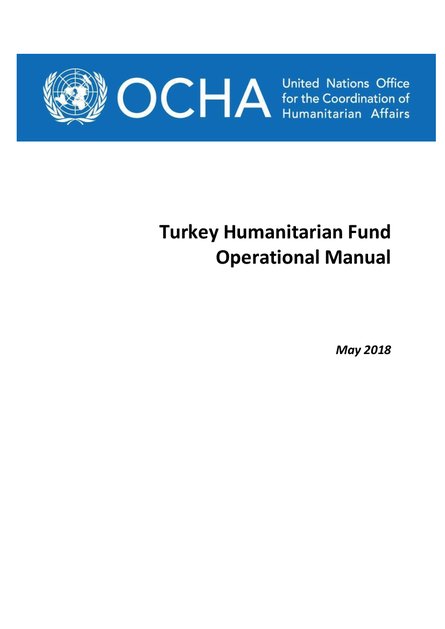
As the conflict enters its seventh year, Syria remains one of the most complex and dynamic humanitarian crises in the world today. Since March 2011, more than 400,000 Syrians have lost their lives and over one million have been injured. Close to 5 million Syrians have been forced to leave the country, and 6.3 million are internally displaced, making Syria the largest displacement crisis globally. In 2017, an estimated 13.5 million people, including 6 million children, are in need of humanitarian assistance. Of these 4.5 million people are in hard-to-reach areas, including 540,000 people in 11 besieged areas. According to current figures, 12.8 million Syrians require health care, 13.5 million need protection support and 14.9 million require water and sanitation, while 6.1 million children need education support, including 1.75 million children and youth who are out of school and 1.35 million at risk of dropping out. About 7 million people are food insecure and a further 2 million are at risk of food insecurity, while 4.3 million need shelter and household goods.
Syria's development situation has regressed almost by four decades. Four out of five Syrians now live in poverty. Since the crisis began in 2011, life expectancy among Syrians has dropped by more than 20 years, while school attendance has dropped over 50 per cent, with more than 2 million children now out of school. Syria has also seen reversals in all 12 Millennium Development Goal indicators. The Syrian economy has contracted by an estimated 40 per cent since 2011, leading to the majority of Syrians losing their livelihoods. The humanitarian access to people in need in Syria remains constrained by ongoing conflict, shifting frontlines, administrative and bureaucratic hurdles, violence along access routes and general safety and security concerns in contravention of international law, international humanitarian law and human rights law. While a number of localized ceasefire initiatives is a welcome improvement and enabled some temporary aid, those in besieged and hard-to-reach areas need regular and sustained assistance.
It is increasingly difficult for Syrians to find safety, including by seeking asylum. These difficulties have resulted in a marked decline in the number of newly arriving registered refugees and in their ability to access international protection.